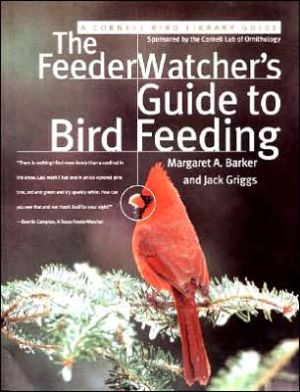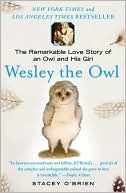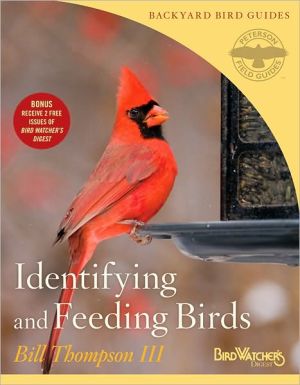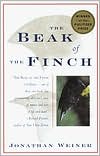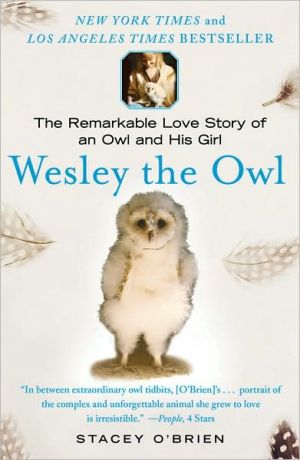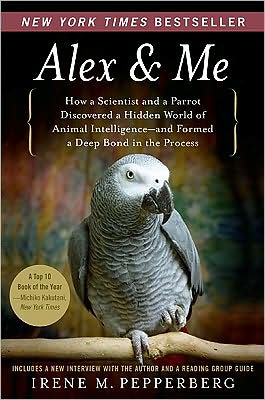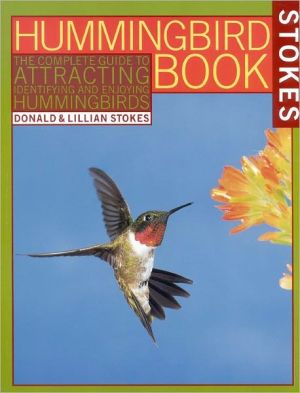Feederwatcher's Guide to Bird Feeding
Learn from FeederWatcher Experts How to Feed and Attract Birds\ Join Margaret Barker on a fascinating tour of FeederWatcher's backyards and bird feeders. Margaret captures the joy in the FeederWatcher's words as they explain how to attract the finches you've seen down the road, how to discourage the flock of Starlings you'd really rather went elsewhere, and how to live peacefully with squirrels and raccoons. You'll discover which birds you can attract and which ones will return year after...
Search in google:
Learn from FeederWatcher Experts How to Feed and Attract BirdsJoin Margaret Barker on a fascinating tour of FeederWatcher's backyards and bird feeders. Margaret captures the joy in the FeederWatcher's words as they explain how to attract the finches you've seen down the road, how to discourage the flock of Starlings you'd really rather went elsewhere, and how to live peacefully with squirrels and raccoons. You'll discover which birds you can attract and which ones will return year after year.Each winter thousands of FeederWatchers identify birds attracted to their yards and record data about them. The Cornell Lab of Ornithology compiles the data into the largest existing database on backyard birds. No one has more hard facts on backyard birds than the Cornell Lab of Ornithology, and no one knows more about attracting birds than the FeederWatchers.FeederWatchers are participants in Project FeederWatch, a joint research and education project of the Cornell Lab of Ornithology, the National Audubon Society, Bird Studies Canada, and the Canadian Nature Federation.
Foreword\ \ \ The Flight of FeederWatch: Bird Feeding Can Be Science\ It wasn't long ago that bird feeding meant feeding game birds in winter or throwing table scraps out back. But since the late 1900s, there has been what Minnesota biologist and noted wildlife author Carrol Henderson calls a "bird-feeding revolution." FeederWatchers have been in the forefront.\ From November to April, thousands of Feederwatchers share their sightings of feeder birds with scientists at the Cornell Lab of Ornithology (CLO) and its partners. On selected days, they identify and make standardized counts of their feeder visitors, watching for as little or as long as they wish. By counting and reporting according to a simple scientific protocol, they contribute to a greater understanding of feeder bird populations and the changes they undergo. At the same time, Feederwatchers learn more about birds and the way science works.\ Project FeederWatch began in the winter of 1976-77 as the Ontario Bird Feeder Survey, conducted by the Long Point Bird observatory (now Bird Studies Canada). in the first year, 333 "kitchen-window researchers" took part and proved that a feeder survey could document seasonal changes in abundance at feeders, as well as food and habitat preferences.\ After 10 years, the Canadian survey joined with CLO so that bird populations could be monitored continent-wide. It was renamed Project FeederWatch, and in the winter of 1987-88, over 4,000 fledgling FeederWatchers from across North America signed up.\ one of those original FeederWatchers was Dave Riffle from Homerville, Ohio: "I joined FeederWatch to learn moreabout my local birds; I had just started watching them seriously. I also liked the idea that ornithologists would use my backyard 'watches' to help learn more about birds in general."\ Working together, FeederWatchers and scientists have detected cycles in the movements of winter finches like redpolls and pine siskins, declines in house sparrow populations and expansions of eastern house finches westward and Carolina wrens northward, and the invasion of Eurasian collared-doves. Ornithologists "mine" FeederWatch data and publish the results in scientific journals like the Proceedings of the National Academy of Sciences.\ CLO director John Fitzpatrick says, "Keeping this sort of network going, 'an army of Feederwatchers,' is a big part of what Project FeederWatch is about." For example, FeederWatchers were in place, ready to first detect and then monitor the spread of house finch eye disease when it erupted in the mid-1990s. "Being able to respond quickly like this is powerful."\ Near its 10-year mark, Project FeederWatch evolved again, gaining the National Audubon Society and the Canadian Nature Federation as partners. CLO and Audubon developed an interactive online bird database that many FeederWatchers use to submit their counts. Because of its power to organize and display data, Fitzpatrick says, "This takes FeederWatch to a higher level. We can now analyze and understand bird populations like never before."\ Veteran FeederWatcher and National Audubon Society board member Pat Heidenreich says, "I like knowing that my FeederWatching is a strong conservation tool. I want to help ensure that the common birds we enjoy at our feeders today don't become the endangered or even the extinct birds of North America's future." Heidenreich adds, "FeederWatch is something useful to do during our long Iowa winters—and it's fun!
